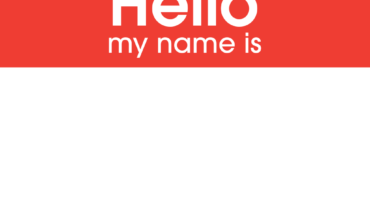Coverage of the Mumbai Attacks: Was It Any Good?
Like many people, I spent much of last week consuming coverage of the terrorist attacks in Mumbai. I first learned of the attacks while watching TV. While switching between various cable news networks, I also surfed across several online newspaper and similar sites looking for updates and insights. I watched for updates from people I follow on Twitter (some direct, many re-tweeted from people they follow). And of course, as family poured into my house, I tried to prompt conversation that might glean some additional wisdom or explanation.
With all the different sources of information I had at my disposal, I was convinced that I was informed about what was happening on the other side of the globe. But I was wrong. The time I spent consuming coverage in real-time had only limited value. You see, most of the information floating around was wrong. There were conflicting reports of the number of terrorists, the number of victims, the motives for the attacks and the ties to outside groups. While camera views online and on television showed the Taj Hotel on fire, the reporter standing in front said that was not the case. And of course, the hundreds and thousands of eyewitness accounts all differed greatly, no matter how they were delivered. The only certainty was that something terrible and tragic was happening.
Jeremiah Owyang, a social media evangelist and researcher at Forrester, posted the question “Have you thought about how long it would take for news to spread round the world about disasters 100 years ago?” on his Twitter feed this morning. He added “Now, its instant.”
Indeed, word travels faster than ever today, and that includes both good and bad news. The question I continue to ask myself, however, is whether that news is better because it moves so quickly, or because the number of sources contributing to the discussion has grown exponentially? It is not clear to me whether the time I spend watching/reading/listening/tweeting the news is well spent. It doesn’t seem to make a difference who is doing the reporting either.
Do I need to know instantly what is happening — and if I do, what am I supposed to do with that information? If the information I receive, and then re-promote across my blog, in conversation or wherever is not accurate, what kind of impact does that have on people’s understanding of the issues (or their faith in the news industry that I credit as a source)? Sreenath Sreenivasan, the dean of student affairs and a professor at the Columbia University’s Graduate School of Journalism, was quoted in the New York Times saying, “A little bit of information is better than no information at all.” I’m not sure that I agree.
The attacks in India will serve as another case study in how technology is transforming people into potential reporters, and how the news business is changing all around us – for better and for worse. We will celebrate the fact that real people were able to report on the happenings around Mumbai in real-time and without filters. But we should also examine what didn’t work well in the coverage of the attacks on Mumbai and what we must improve so that people learning about a crisis, or anything else, get the right information just as quickly as everything else.
Brian is Managing Director of little m media which provides strategic guidance and support to organizations around the use of the internet and technology to facilitate communications, engagement, education, and mobilization.



